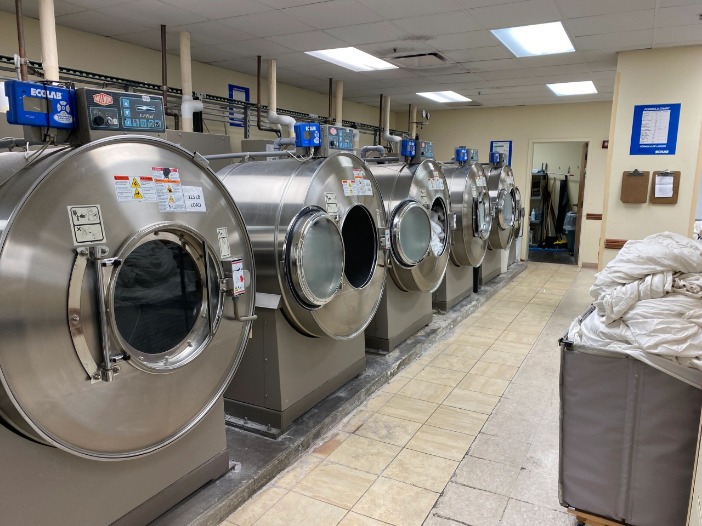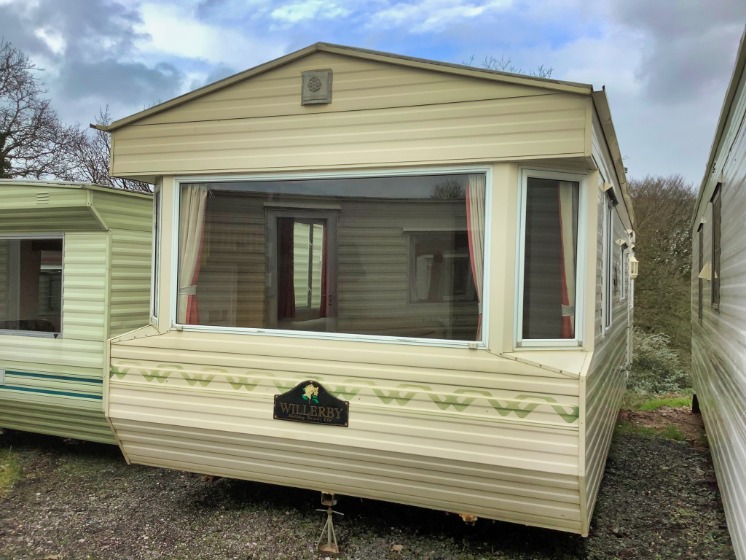Conducting a thorough roof inspection is crucial for maintaining the integrity of your home or commercial building. However, this task comes with significant risks. Adhering to roof inspection safety protocols is imperative to prevent accidents and ensure the wellbeing of all involved. Below, we outline key safety practices that should be followed during roof inspections.
Pre-Inspection Preparation
Gather the Right Equipment
The first step in ensuring roof inspection safety is to have the correct equipment. This includes a sturdy ladder, non-slip shoes, a safety harness, and appropriate weather-resistant clothing. Tools such as binoculars, cameras, and moisture meters can also be beneficial in assessing the condition of the roof without necessitating physical contact.
Evaluate Weather Conditions
Weather plays a crucial role in the safety of a roof inspection. Wet or windy conditions can significantly increase the risk of slipping or falling. Always check the weather forecast and plan your inspection for a dry, calm day to optimize roof inspection safety.
During the Inspection
Adhere to Ladder Safety
A significant portion of roof inspection-related accidents occur while using ladders. Ensure your ladder is on a stable, even surface and that it extends at least three feet above the roofline. Maintain three points of contact (both feet and one hand or both hands and one foot) when climbing to enhance roof inspection safety.
Wear Appropriate Footwear
Roofing surfaces can be slippery, especially if they are wet or covered in debris. Wear non-slip, rubber-soled shoes designed for traction. This simple step can greatly reduce the risk of accidents, reiterating the importance of roof inspection safety.
Use Safety Harnesses and Anchors
A safety harness is a critical component in ensuring roof inspection safety. Secure the harness to a reliable anchor point that can support your weight. This system can prevent life-threatening falls and provide peace of mind as you conduct your inspection.
Post-Inspection Procedures
Carefully Descend
Descending the roof can be just as hazardous as climbing up. Take your time to ensure a controlled, careful descent, maintaining your three points of contact and using the same safety precautions as you did during ascent. This step is vital for maintaining overall roof inspection safety.
Read more about Roofing safety here.
Document Findings Safely
After the inspection, promptly document your findings to avoid having to make additional trips onto the roof. Utilize photography and other non-invasive methods to record any issues, ensuring that you can repair these areas without compromising roof inspection safety.
Conclusion
Following these essential practices and guidelines can markedly enhance roof inspection safety. By preparing adequately, using the right equipment, and adhering to safety protocols during and after the inspection, you can minimize the risk of accidents while ensuring a thorough assessment of your roof’s condition.





